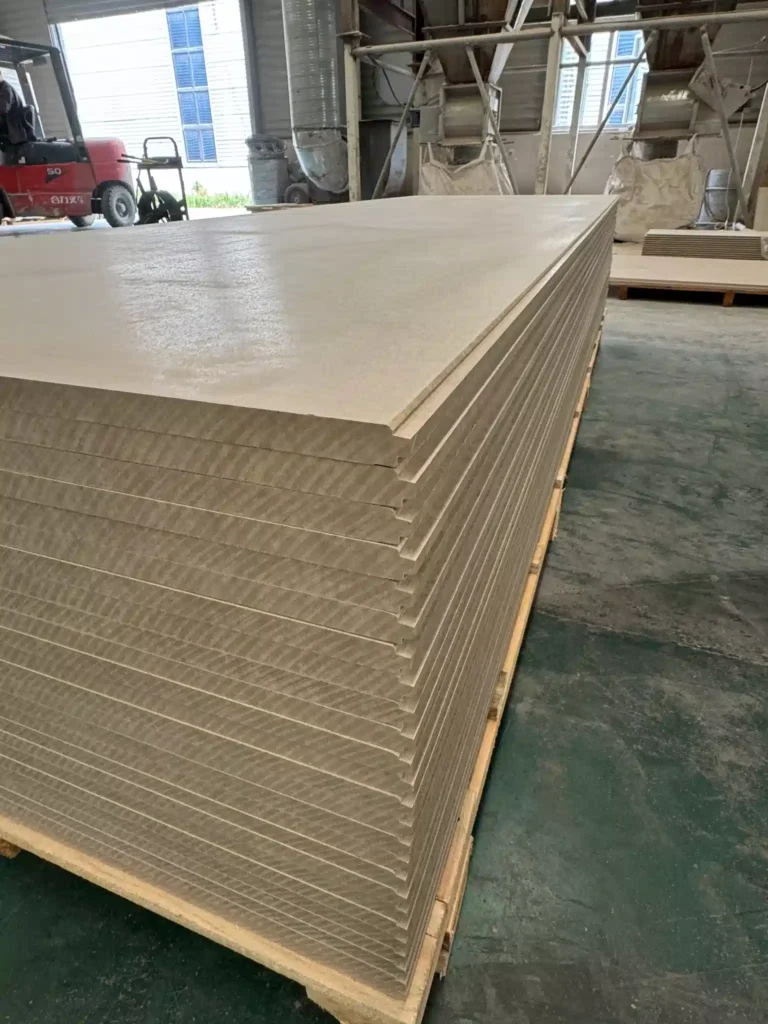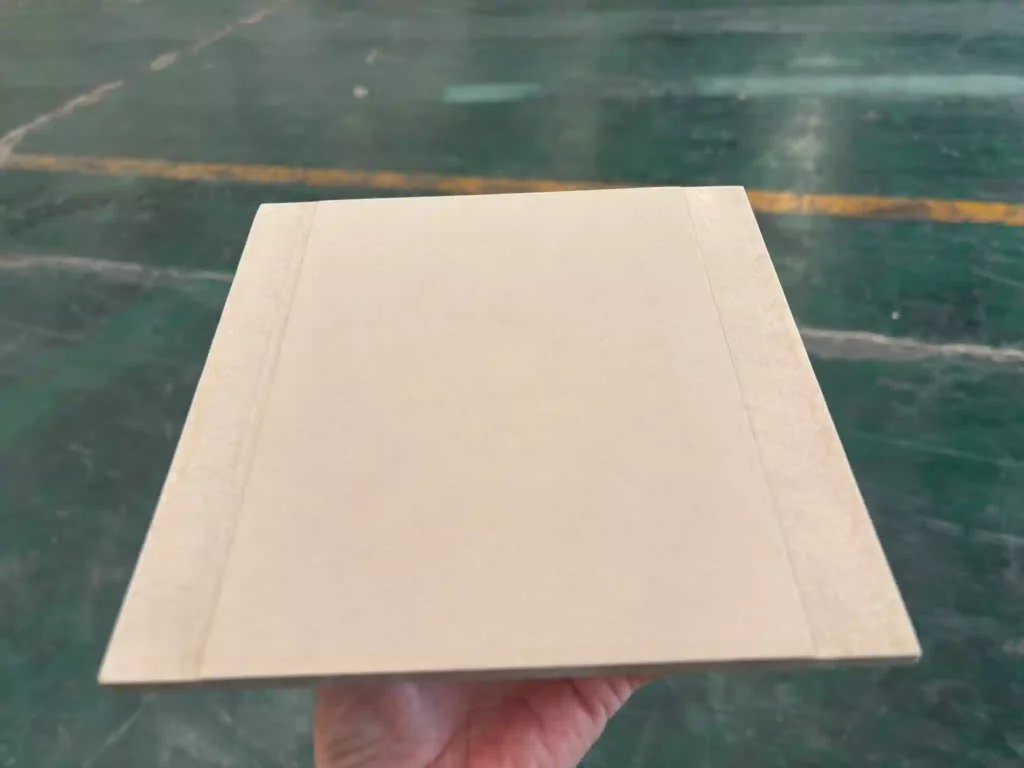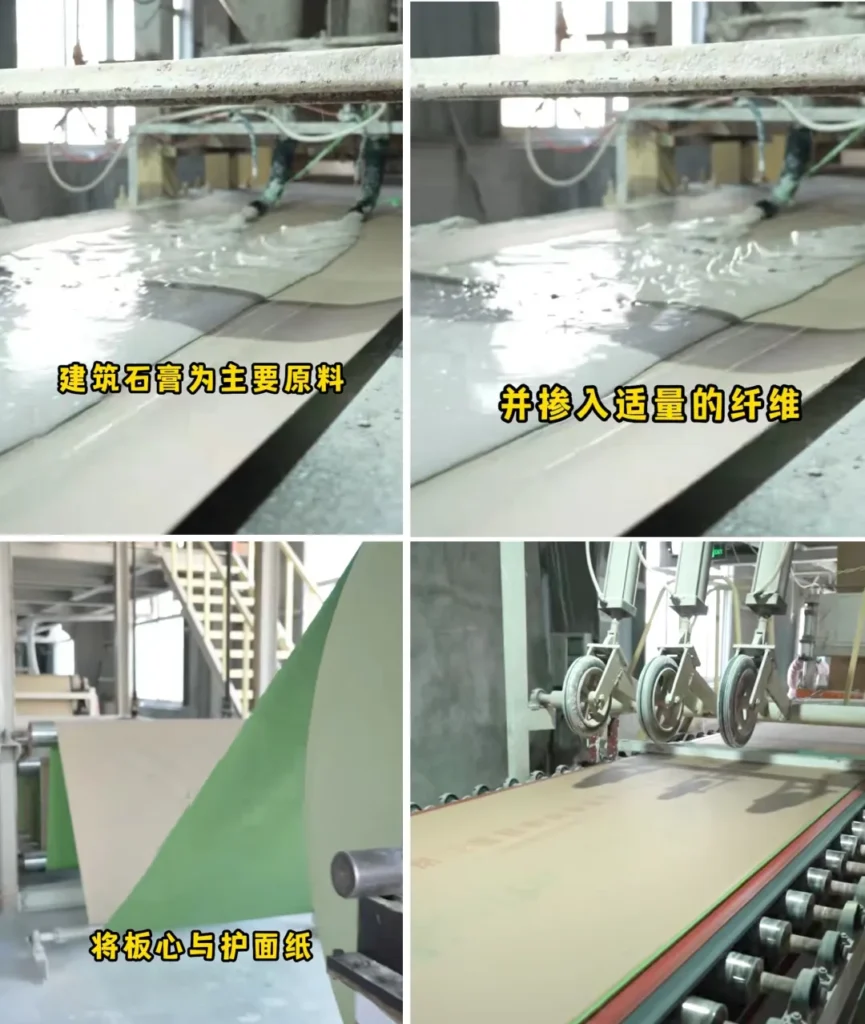Understanding the Benefits of Fiber Cement Board
When it comes to choosing materials for your home’s exterior, fiber cement board is gaining popularity. This durable and versatile material offers several benefits that make it an excellent choice for homeowners looking to upgrade or replace their siding. In this article, we’ll explore the many advantages of fiber cement board, including its durability and environmental benefits.

What is Fiber Cement Board?
Fiber cement board is a building material made from a mixture of cement, sand, and cellulose fibers. This combination results in a highly durable and resilient product that can withstand harsh weather conditions, resist fire, and deter pests. It is commonly used for siding, but it can also be used for roofing, flooring, and interior wall panels.
How is Fiber Cement Board Made?
The manufacturing process involves mixing cement with sand and cellulose fibers to create a slurry. This slurry is then poured into molds and pressed to form sheets. These sheets are cured and dried to remove excess moisture, resulting in a strong, durable product that is ready for installation.
Advantages of Fiber Cement Siding
Fiber cement siding offers a range of benefits that make it an attractive choice for homeowners. Let’s delve into some of these key advantages.
Durability and Longevity
One of the standout features of fiber cement siding is its durability. It can withstand extreme weather conditions, including heavy rain, high winds, and intense heat. Unlike wood siding, it does not rot, warp, or crack over time. This makes it an excellent long-term investment for your home.
Additionally, fiber cement board is resistant to termites and other pests that can cause significant damage to traditional wood siding. This resistance helps maintain the integrity and appearance of your home’s exterior for many years.

Fire Resistance
Safety is a top priority for any homeowner, and fiber cement siding offers an added layer of protection. Unlike wood or vinyl siding, fiber cement is non-combustible and provides excellent fire resistance. This quality makes it a preferred choice for homes in areas prone to wildfires or those seeking additional peace of mind regarding fire safety.
Aesthetic Appeal
Fiber cement siding is available in a wide range of styles, textures, and colors, allowing homeowners to achieve the desired look for their home. Whether you prefer the appearance of traditional wood, stone, or a modern smooth finish, fiber cement board can mimic these materials beautifully.
Moreover, fiber cement siding can be painted or stained to match your home’s existing color scheme or to refresh its appearance over time. Its ability to hold paint well means that it requires less frequent repainting compared to wood siding, saving you time and maintenance costs.
Environmental Benefits
For environmentally conscious homeowners, fiber cement siding is an excellent choice. It is made from natural and sustainable materials, such as cellulose fibers and sand, which are less harmful to the environment than other siding options. Additionally, the manufacturing process for fiber cement board results in minimal waste and emissions.
Fiber cement board’s durability also contributes to its eco-friendly profile. Its long lifespan means less frequent replacements, reducing the demand for new materials and lowering your home’s overall carbon footprint.
Installation and Maintenance
Installation Process
Installing fiber cement siding requires precision and skill, making it a job best left to professionals. The boards are heavy and need to be cut accurately to fit your home’s dimensions. Proper installation is crucial to ensure the siding performs well and lasts as long as possible.
Maintenance Requirements
One of the appealing aspects of fiber cement siding is its low maintenance requirements. Unlike wood siding, it does not need regular sealing or staining. However, it is essential to keep the siding clean by washing it with a garden hose and a soft brush to remove dirt and debris.
Repainting may be necessary every 10 to 15 years, depending on the quality of the paint and exposure to the elements. Regular inspections can help identify any potential issues, such as cracks or gaps, allowing for timely repairs.

Comparing Fiber Cement Board to Other Siding Materials
Fiber Cement vs. Vinyl Siding
Vinyl siding is another popular option for homeowners due to its affordability and ease of installation. However, it lacks the durability and fire resistance of fiber cement siding. Vinyl can warp or melt in extreme heat and is more susceptible to damage from impacts.
Fiber Cement vs. Wood Siding
While wood siding offers a classic and timeless appearance, it requires significant maintenance to prevent rot, pests, and weather damage. Fiber cement siding provides a similar aesthetic without the constant upkeep, making it a more practical choice for many homeowners.
Fiber Cement vs. Stucco
Stucco is known for its distinctive appearance and energy efficiency. However, it can be prone to cracking and may not be suitable for all climates. Fiber cement siding offers similar energy-saving benefits without the risk of cracking, making it a more versatile option.
Conclusion
Fiber cement board is an excellent choice for homeowners seeking a durable, aesthetically pleasing, and environmentally friendly siding option. Its ability to withstand harsh weather conditions, resist fire, and deter pests makes it a long-lasting investment for any home. With a wide range of styles and colors available, fiber cement siding can enhance your home’s curb appeal while providing peace of mind.
Whether you’re building a new home or upgrading your existing siding, consider the many benefits of fiber cement board. Its combination of durability, beauty, and sustainability makes it a smart choice for any homeowner looking to protect and beautify their home for years to come.
